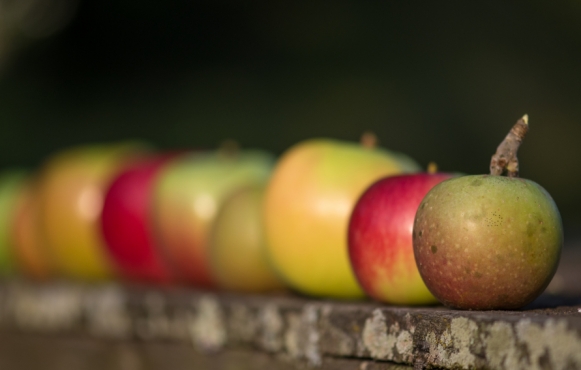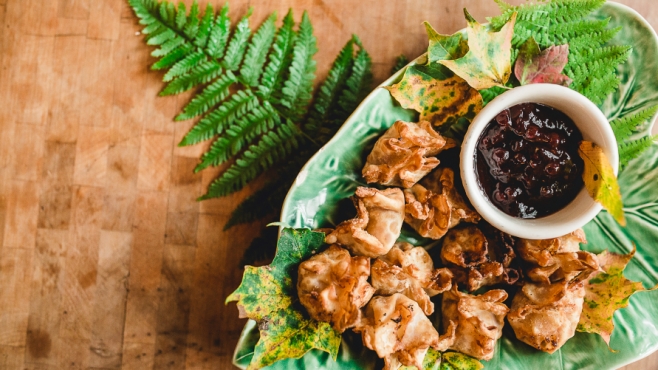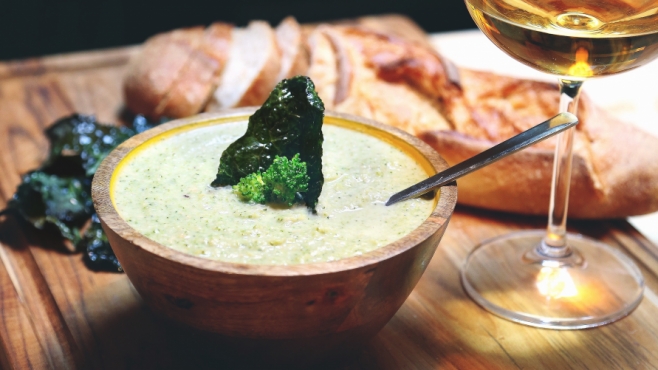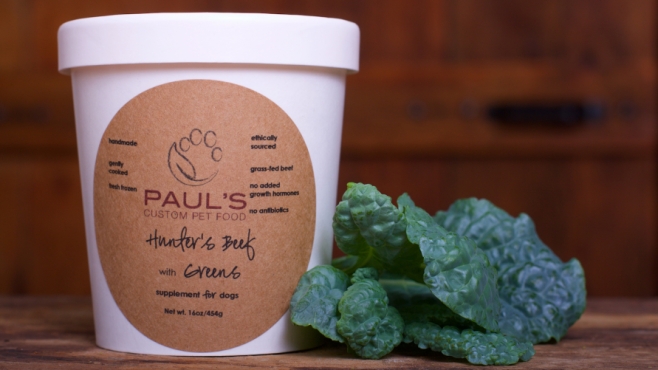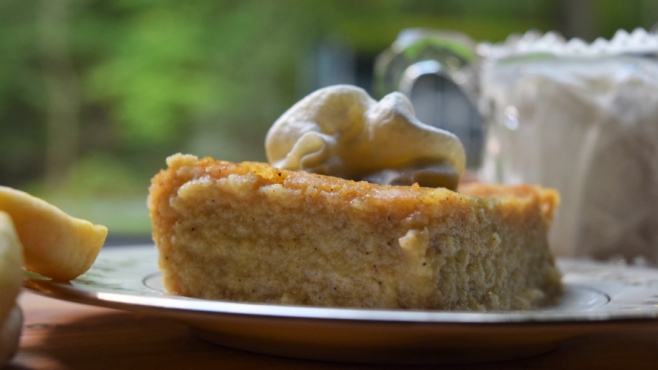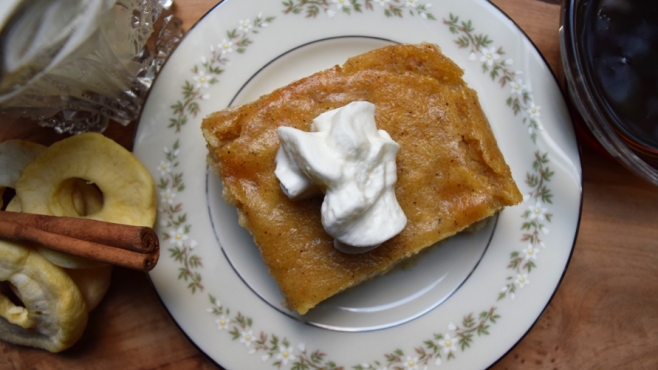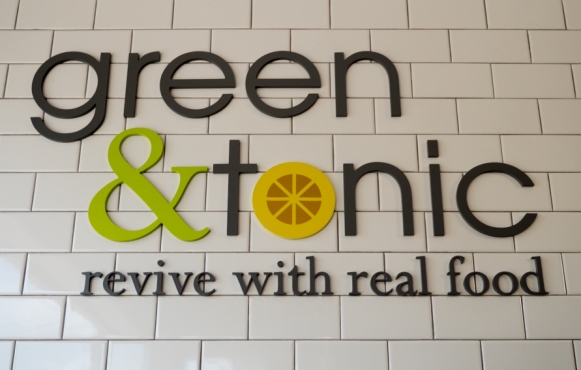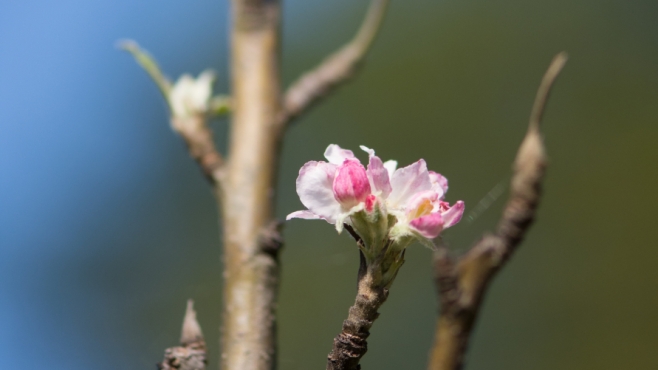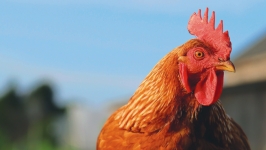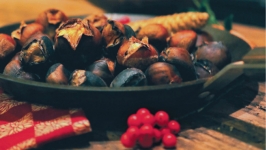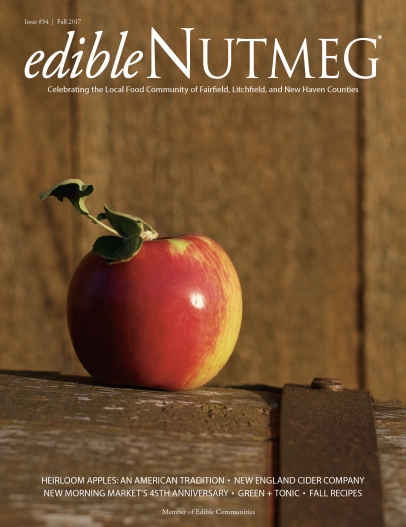
LETTER FROM THE PUBLISHER
America has an historic attachment to diversity. Our diversity of skin, culture, and creed has lent itself to social and artistic revolutions, and it has become a hallmark of our nation’s identity. But this fondness for diversity is not ours, alone. The natural world has a similar affinity for it, under a similar name: biodiversity. This diversifying tendency is the defining characteristic of earth’s ecosystems, and for good reason: natural systems with great biodiversity are more resilient and more likely to persevere in times of stress. Author Jason Godesky calls diversity the “primary good” for which the entire system of evolution seems to strive. Successful mutations lead to genetic variation, which leads to new species, which leads to an increasingly complex network of life. That complexity provides resilience to drought, disease, infestation, and all the other hurdles that life on earth presents. Although not all species survive these challenges, a great diversity of species helps ensure that at least some of them will.
Perhaps it is ironic, then, that our modern agricultural systems seem so bent on the elimination of diversity, heedless of its clear benefits. The agricultural process could be explained, simplistically, as taking “all the plants” and reducing them in any given area to “only the plants we like to eat.” And, admittedly, even sustainably-practiced agriculture inherently reduces biodiversity by doing this. However, our modern, industrialized forms of agriculture greatly magnify this deleterious effect. While the single-strain “monocrop” fields of industrial farms are more immediately efficient, easier to manage and predict, and through that often produce considerable yields, that efficiency is paid for with a steep reduction in genetic diversity.
Where once we might have abundantly grown any of the assorted and distinct strains of corn, the majority of corn farmed today in North American and Europe is limited to the “dent corn” strains, grown primarily for industrial use or as animal feed. Overreliance on any limited selection of crops increases potential for disaster, a fact exemplified by the Irish Potato Famine of the mid-1800s. Dependence on a single type of potato – the Irish Lumper – is considered one of the contributing conditions to that tragedy, in which roughly one million died when a form of potato blight ravaged this dominant crop, grown largely to the exclusion of other available potato varieties.
In this issue, we examine a traditional New England crop that has endured a similar genetic pruning: the apple. More specifically, we examine the multifarious history of the apple, and of what value and importance its many “heirloom” varieties held for our not-so-distant farming ancestors. While apples such as the “Red Delicious” and “Granny Smith” are immediately recognizable to most of us, are too the “Pound Pippin,” the “Opalescent,” or the “Seek-No-Further?” A lineage of unique apple cultivars that once numbered in the thousands now rests its fate in a mere handful of apple varieties that are popularly consumed. Should systemic disease, pestilence, or other calamity befall these few strains, what would become of our trademark apple?
Thankfully, we’re under no obligation to find out, because heirloom apple varieties are still grown in Connecticut (albeit in smaller quantities than they once were). The myriad types offer a wide range of uses and, of course, flavors (I admit particular fondness for the sharp taste of the Roxbury Russet), far exceeding the scope and variability of the few commercial varieties to which we’ve grown accustomed.
Supporting our state’s heirloom apple growers will do more than bring new flavors and fruits to your table. It will also bring greater biodiversity to our landscape, which benefits pollinators and even pests, all of which are important in keeping our environment genetically diverse, healthy, and ultimately resistant to systemic collapse. Which means we’ll have apples for years to come, along with the pies, ciders, syrups, and sauces that they make possible.


